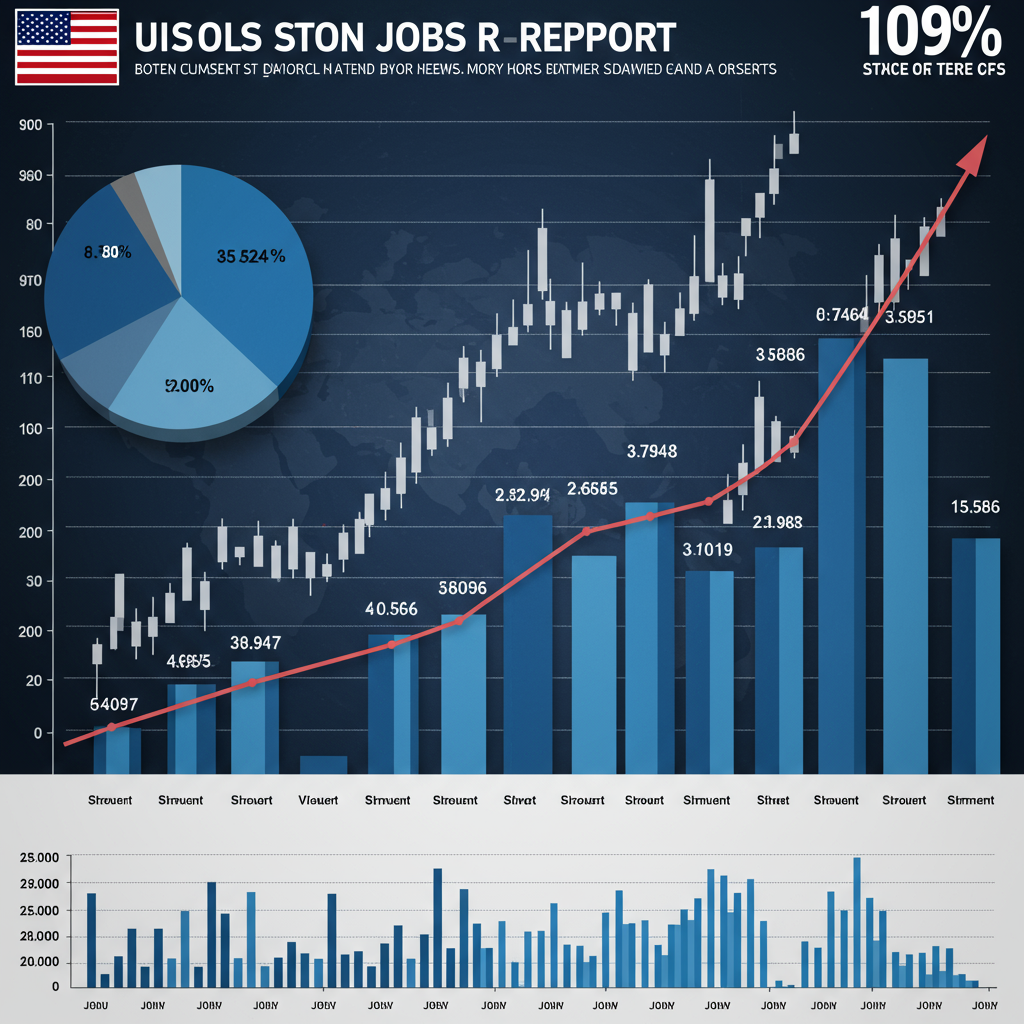Meta Platforms is launching a colossal initiative set to redefine the landscape of artificial intelligence infrastructure. Founder Mark Zuckerberg revealed the social media giant plans an unprecedented investment: hundreds of billions of dollars dedicated to constructing massive AI data centers across the United States. This isn’t just about housing servers; it’s a strategic move to power Meta’s ambitious quest for what it terms “superintelligence” and Artificial General Intelligence (AGI). This push aims to create technology potentially capable of surpassing human cognitive abilities, positioning Meta firmly in the global AI “arms race.”
Meta’s Multi-Billion Dollar AI Foundation
The scale of Meta’s planned investment is staggering, reaching into the hundreds of billions. This capital expenditure significantly escalates the company’s commitment to building its own foundational AI compute capacity. It goes far beyond previously announced annual data center budgets, signaling a major strategic pivot. Meta generated over $160 billion in revenue in 2024, primarily from online advertising. The company is leveraging this financial strength to fund this massive infrastructure build-out, viewing it as essential for future growth and technological leadership.
Meta aims to build several “multi-gigawatt clusters,” sometimes referred to as “titan clusters.” These facilities are designed to support Meta’s Superintelligence Labs initiative. They will provide the immense processing power needed to train and deploy complex AI models. This includes advanced large language models like Meta’s own LLaMA 3 and upcoming LLaMA 4.
Locations and Scale of Future AI Hubs
Two specific flagship projects highlight the immense scale of Meta’s vision. These are named Prometheus and Hyperion, titles chosen, according to Zuckerberg, “befitting their scale and impact.”
Prometheus:
Located in New Albany, Ohio.
Expected to become operational in 2026.
Described as a 1-gigawatt facility. A gigawatt can power hundreds of thousands of homes annually, illustrating the sheer energy demand.
Hyperion:
Being built in Louisiana.
Planned to scale up to a massive 5 gigawatts over several years. This would make it one of the largest data centers globally.
Anticipated to be fully online by 2030.
Zuckerberg emphasized the physical size of these sites. He noted that just one of these new “titan clusters” will cover an area comparable to a significant portion of Manhattan. Manhattan is approximately 59.1 square kilometers (22.8 square miles). This comparison underscores the vast footprint required for these next-generation AI facilities. Prometheus and Hyperion are described as just the initial facilities among multiple large-scale AI campuses Meta intends to develop.
The AI Arms Race and Strategic Independence
Meta’s significant investment places it in direct competition with major tech rivals. Companies like Microsoft (backed by OpenAI), Google, Amazon, and Anthropic are also expanding their AI infrastructure rapidly. This global competition fuels a technological “arms race.” Expert Karl Freund, a principal analyst at Cambrian AI Research, commented that Zuckerberg clearly intends to “spend his way to the top of the AI heap.” This suggests a strategy of deploying vast capital to gain a competitive edge in compute power and talent acquisition.
Beyond simply competing in AI development, this infrastructure push aligns with Meta’s broader strategic goals. The company has long sought to reduce its reliance on third-party platforms like Apple and Google. These platforms control the app stores and operating systems that Meta’s core services run on. Creating its own independent, massive AI infrastructure could give Meta more control over its future products and distribution channels. This motivation echoes Meta’s previous strategic investments in areas like the metaverse and augmented reality hardware, attempts to build independent ecosystems.
Attracting top talent is also crucial for this push. Meta has been actively recruiting leading AI researchers and engineers. This includes significant hires and investments, reportedly offering substantial compensation packages. Zuckerberg stressed the goal is to build the “most elite and talent-dense team in the industry” alongside the compute infrastructure. The talent Meta hires will have access to “some of the best AI Hardware in the world,” according to Freund.
Environmental Implications and Market Reaction
Developing and operating such massive, AI-driven data centers comes with significant environmental considerations. These facilities are notoriously intensive users of both energy and water. Powering facilities capable of multiple gigawatts requires enormous electricity generation. Cooling the dense clusters of high-performance AI chips demands vast amounts of water for cooling towers.
One study estimates that global AI data centers could consume as much as 1.7 trillion gallons of water annually by 2027. To put this into perspective, a single query to an AI model like ChatGPT can reportedly use roughly the same amount of water as a small bottled drink from a shop. The majority of the world’s existing data centers are located in the US, making the environmental impact of domestic expansion particularly relevant. There are at least 10,000 data centers worldwide currently hosting cloud services.
Following Meta’s announcement of this substantial investment, the company’s stock saw a positive reaction. Shares were trading 1% higher, according to Reuters. This build-out announcement came after the stock had already risen more than 20% earlier in the year. The market appears to be reacting favorably to Meta’s aggressive stance on building its AI capabilities. However, this massive investment carries inherent risks. There is no guarantee that the expenditure will ultimately yield the desired competitive advantages or strategic independence.
Frequently Asked Questions
What is the main goal of Meta’s huge investment in AI data centers?
Meta’s primary goal is to accelerate the development of “superintelligence” or Artificial General Intelligence (AGI). This refers to creating AI technology capable of complex reasoning, planning, and potentially surpassing human cognitive abilities. The massive data centers provide the necessary compute power and infrastructure to train advanced AI models and support Meta’s Superintelligence Labs initiative, aiming for industry-leading compute capacity per researcher.
Where are Meta’s major new AI data centers located, and when will they be ready?
Meta is building these facilities across the United States. Two key projects announced are Prometheus, located in New Albany, Ohio, expected to come online in 2026, and Hyperion, being built in Louisiana, projected to be fully operational by 2030. Hyperion is planned to scale up to 5 gigawatts, while Prometheus will start at 1 gigawatt capacity.
Why is Meta spending hundreds of billions on its own AI infrastructure instead of using existing services?
Meta views owning and scaling its own AI infrastructure as crucial for competing in the intense global AI “arms race.” Building massive compute capacity is seen as necessary to stay ahead of rivals like Google, Microsoft, and OpenAI. Furthermore, this strategy helps Meta reduce its reliance on third-party platform companies, such as Apple and Google, giving Meta more strategic independence over its future products and technologies built on AI.
The Future Powered by AI Infrastructure
Meta’s commitment of hundreds of billions of dollars to AI data centers signals a profound shift. It underscores the strategic importance top tech companies place on controlling their AI infrastructure. These “titan clusters” in Ohio, Louisiana, and potentially other US locations are not just buildings. They represent the physical manifestation of Meta’s ambition to be a leader in the age of superintelligence. While the environmental costs are significant and the financial risks are high, Meta is betting its future on owning the foundation of next-generation AI, hoping to power everything from AI assistants across its platforms to future metaverse applications. This investment highlights the intense competition and vast resources being poured into shaping artificial intelligence’s capabilities and reach.


